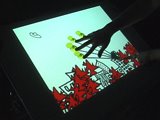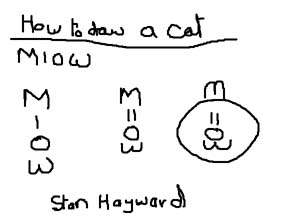
In the distant past, Animation studios were commonly housed in major Film studios, and did such jobs as titles, credits, transitions, and the odd Special Effects; animation was not about entertainment for them. Though there were studios making entertainment cartoons, they were few and mainly in the USA, but they did have a market.
Before the war a normal cinema programme was the B film, a cartoon, and the Main film. Better cinemas had a cinema organ that played during the interval, and young ladies would sell ice creams and chocolates. During the show they would walk up and down the isle squirting perfume.
At the end of the show the National athem was played, and everyone had to stand up, though many would rush out just before. It was always a memorable experience. Oh yes, and you were also banned from eating fish and chips. If you were seen taking them in they had to be left at the Box Office and picked up on the way out - cold and tastless by then.
The cartoons were mainly Disney or Warner Bros, but in my town there was a small cinema that only showed short films; cartoons and live-action comedy like 'The Three Stooges'. The show lasted an hour, and cost 3 pence for children. I was nine, and my mother would put me in there when she went shopping. On one occasion I forgot to come out, and the usher had to walk up and down the aisle shouting my name.
Apart from the that, my other weekly cinema outing was to the children's Saturday morning show that many cinemas had. They had serials like Buck Rogers, Zorro, The Lone Ranger, and one called 'The Clutching Hand' which frightened me so much I would duck down behind the seat until the nasty bit was over.
During the war going to the cinema was a bit of a hazard. If the sirens went you had to get out; often just as the film had started. You never got a refund, and with very limited transport at the time, going back to see the film was rarely an option.
The main entertainment was the radio; and during the war the top show was ITMA with
Tommy Handley (top image) who preceded the Goons, Monty Python, and much of what goes as 'British humour' today. He was easily the most famous person in Britain during the war.
His scriptwriter - Ted Kavanagh - was also a celebrity, and made me aware that 'scriptwriting' was actually a profession.
At the time I was about thirteen and hoped to be a cartoonist, but the small cinema and ITMA had set the seed for my later life.
Stan
Labels: Animation, Cartoons, History












